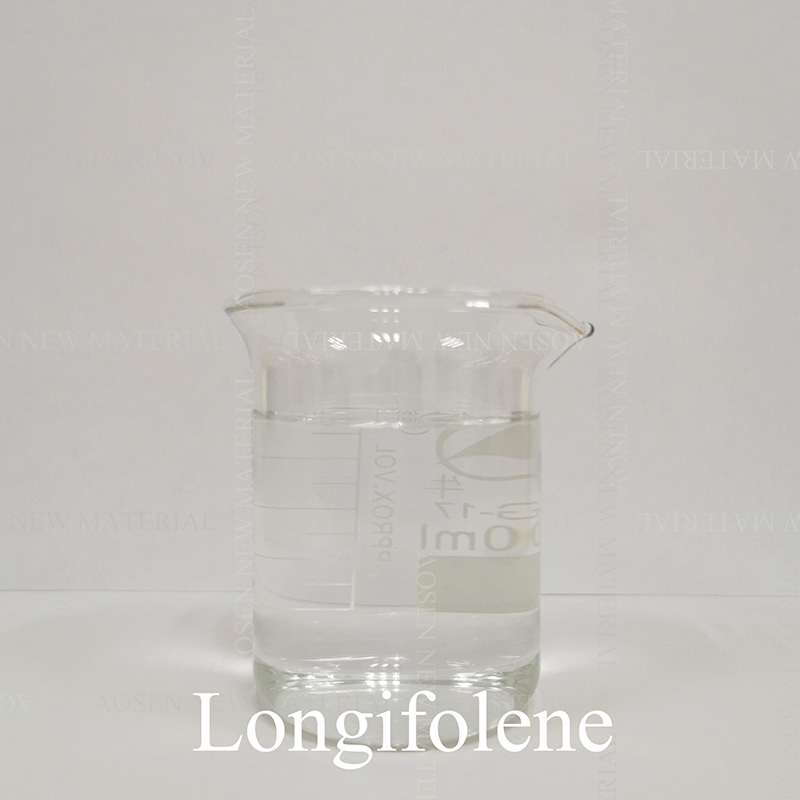Discovering Longifolene: Natural Sources and Extraction Methods
2024-07-02
Longifolene, a naturally occurring sesquiterpene, has piqued the interest of researchers and industry professionals alike due to its unique properties and wide range of applications. Found in various plant species, this intriguing compound is not only valued for its role in nature but also for its potential uses in pharmaceuticals, fragrances, and other industrial applications. Let's delve into the natural sources of Longifolene and explore how it is typically extracted.
Natural Sources of Longifolene
Longifolene is predominantly found in the essential oils of certain coniferous trees, particularly in the genera Pinus (pine) and Cupressus (cypress). Some of the primary sources include:
1. Pine Trees: Longifolene is a major constituent of the essential oils derived from various pine species, such as Pinus longifolia (Indian longleaf pine) and Pinus palustris (longleaf pine). These trees are commonly found in North America and parts of Asia.
2. Cypress Trees: Species like Cupressus sempervirens (Mediterranean cypress) are also known to contain significant amounts of Longifolene in their essential oils.
3. Other Sources: Longifolene can also be found in other plants and trees, albeit in smaller quantities. For example, it is present in the essential oils of certain herbs and shrubs native to various regions around the world.
Extraction Methods for Longifolene
The extraction of Longifolene from its natural sources typically involves methods that preserve the integrity of the compound while ensuring efficient recovery. Here are some of the common extraction techniques:
1. Steam Distillation: This is one of the most widely used methods for extracting essential oils, including Longifolene. In this process, steam is passed through the plant material, causing the essential oils to vaporize. The vapor is then condensed back into liquid form and collected. Steam distillation is favored for its ability to extract high-quality oils without degrading the compounds.
2. Hydrodistillation: Similar to steam distillation, hydrodistillation involves boiling the plant material in water. The essential oils are vaporized along with the steam and subsequently condensed. This method is particularly useful for plants with high oil content.
3. Solvent Extraction: In cases where steam or hydrodistillation might not be suitable, solvent extraction can be employed. This involves using a solvent, such as ethanol or hexane, to dissolve the essential oils from the plant material. The solvent is then evaporated, leaving behind the concentrated essential oil. While effective, this method may sometimes leave trace amounts of solvent in the final product.
4. Supercritical CO2 Extraction: This modern extraction technique utilizes supercritical carbon dioxide as a solvent. At certain temperatures and pressures, CO2 exhibits properties of both a liquid and a gas, allowing it to penetrate the plant material and dissolve the essential oils. The CO2 is then depressurized and returned to its gaseous state, leaving behind the extracted oil. This method is praised for its efficiency and the purity of the final product.
Conclusion
Longifolene's presence in the essential oils of pine, cypress, and other plants makes it a valuable natural compound with numerous applications. By employing techniques such as steam distillation, hydrodistillation, solvent extraction, and supercritical CO2 extraction, we can efficiently and effectively obtain Longifolene for use in various industries. As research continues, we can expect to uncover even more about this fascinating sesquiterpene and its potential benefits.



